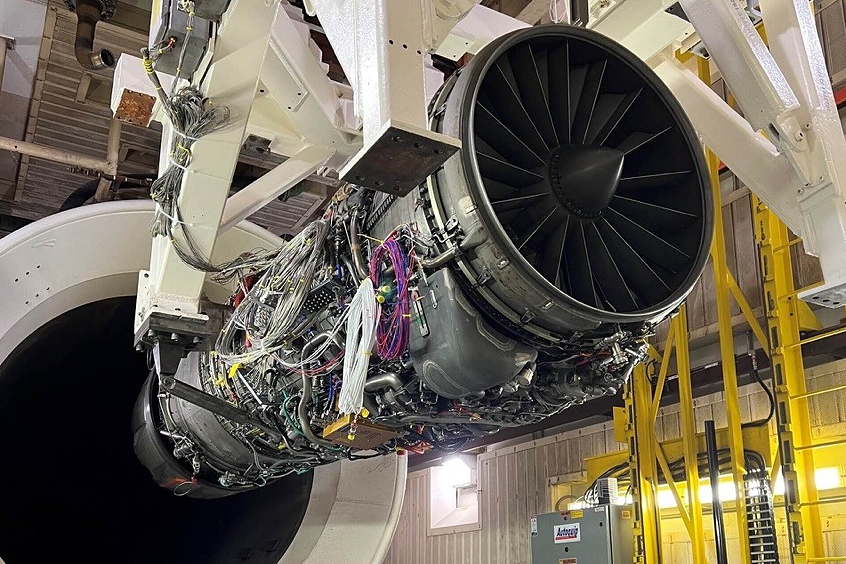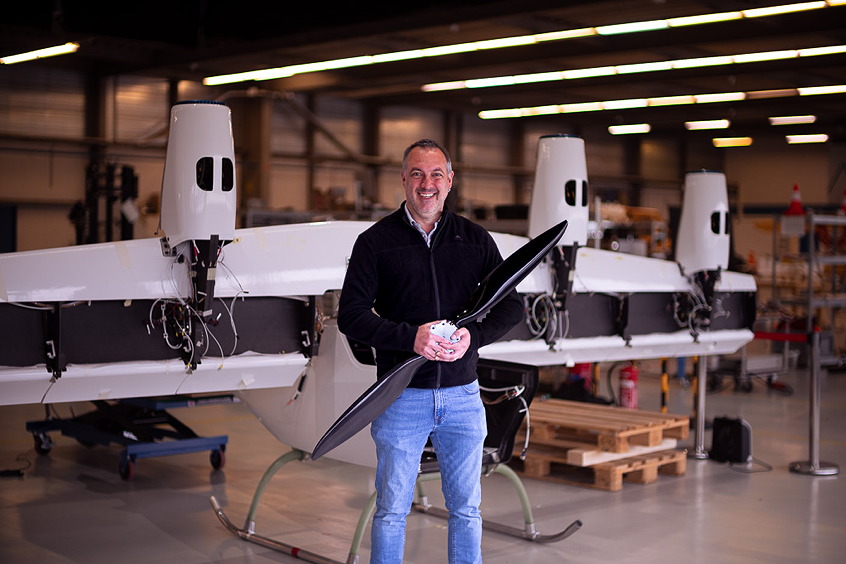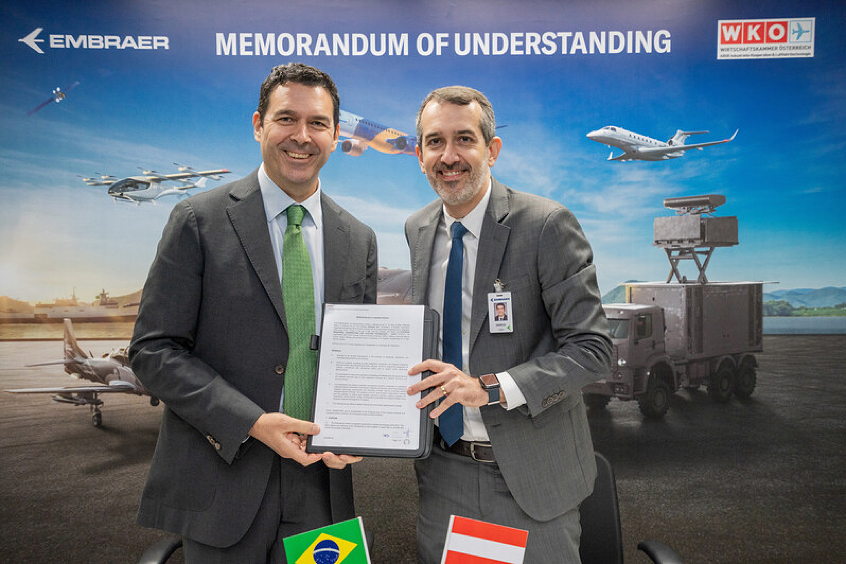The sound of aircraft engines starting up – an everyday occurrence in many towns close to airports. To help develop quieter aircraft engines, scientists from the German Aerospace Center (Deutsches Zentrum fuer Luft- und Raumfahrt; DLR) are going to use contactless laser metrology and microphones for the very first time to investigate the sources of noise inside jet engines and on the main fan. A sophisticated measurement campaign will be conducted between 23 and 28 September 2013; during this time the DLR noise researchers will use the DLR research aircraft A320-ATRA for a series of engine tests in the Lufthansa Technik soundproof hangar at Hamburg Airport. Both partners are supporting DLR in this research project.
Using laser light to investigate noise zones
"What we have planned in Hamburg is globally unique," says Andreas Schroeder from the DLR Institute of Aerodynamics and Flow Technology. "It has never been seen before; the jet engines of a commercial aircraft in operation while being analysed by an array of microphones and laser-optic metrology techniques." Using laser light, the researchers are intent on finding the regions of turbulent flow that cause noise around the intake and exhaust areas: "We want to locate the zones within the engine where large, turbulent fluctuations in velocity and density produce noise," Schroeder explains. The surrounding microphones will provide the scientists with information about the noise levels to match the flow phenomena being visualised using laser light.
A foundation for quieter engines
In the DLR SAMURAI (Synergy of Advanced Measurement techniques for Unsteady and high Reynolds number Aerodynamic Investigations) project, the Institute of Aerodynamics and Flow Technology is working alongside the DLR Institute of Propulsion Technology. The multidisciplinary venture also employs the expertise of the DLR Institute of Aeroelasticity and the DLR Institute of Structures and Design. Andreas Schroeder is leading the project and has a clear objective in mind: "If our measurements help us acquire a better understanding of where noise is produced within an engine, we will be able to develop improved computer simulations of engine noise generation. In the long term, digital design processes will yield substantially quieter engines." The researchers intend to deliver improved simulations of jet engines and their noise-producing flow structures by the end of the project in summer 2014.
The Advanced Technology Research Aircraft (ATRA), which DLR uses in a variety of aeronautics projects, is an Airbus A320 airliner. "This medium-range passenger aircraft, refitted as an airborne test centre, is an ideal and representative research object for scientists, particularly as it is fitted with V2500 series engines, which are found throughout the world on thousands of aeroplanes and were developed in a cooperation between MTU, Pratt & Whitney, Rolls Royce and Japanese Aero Engines Corporation," says Oliver Brieger, Head of Flight Operations at the DLR Flight Experiments Facility, which is responsible for operating ATRA.
Inside Europe's largest soundproof hangar
A fully enclosed and soundproof hangar has been available since 2002 for engine tests on all the aircraft types that Lufthansa Technik services in Hamburg. The delicate measurement equipment is ideally protected in this building, which measures 95 by 92 metres beneath a 23-metre-high roof and can accommodate a jumbo jet. It is a stroke of luck for the DLR scientists that the Lufthansa subsidiary is able to provide the hangar, and the tests will not disturb the residents of nearby towns. For many years now, Lufthansa has cooperated closely with DLR in research on aircraft noise sources. The numerous joint projects have provided a wealth of knowledge that has since been incorporated into the production of new aircraft or the retrofitting of existing models. Over recent years, technical innovations have led to a substantial reduction in the noise associated with engines in particular.
The soundproof hangar in Hamburg, a model for similar facilities in Leipzig, Zurich and Geneva, was constructed on the initiative of Flughafen Hamburg GmbH, which is also working with DLR on the measurement campaign. At the same time as the DLR tests, the airport operator will be conducting its own microphone measurements outside the hangar; these are intended to provide additional data on the soundproofing performance of the building. To conduct the tests, the DLR ATRA research aircraft will be reversed into the facility before two doors, each 56 metres wide and weighing 300 tons, close the hangar for the noise measurements.
| Contact details from our directory: | |
| DLR - German Aerospace Center | Fuel Cells, Testing Services, Research/Consulting Services, Composite Design Consultants, Flight Simulators, Instrument Landing Systems, Prototyping, Airframer |
| Lufthansa Technik | Inflight Entertainment, Aircraft Interiors, Aircraft Interior Furniture, Emergency Lighting Systems, Cabin Management Systems, Aircraft Interior Lighting Systems, Inspection Service, Passenger Seating, Radome Covers, Radomes |
| Related directory sectors: |
| Test Services |
Weekly news by email:
See the latest Bulletin, and sign up free‑of‑charge for future editions.

Amprius and Stafl team up for battery pack innovation

RISE engine efficiency project gains momentum

Dufour picks Mejzlik propeller blades for the Aero2
